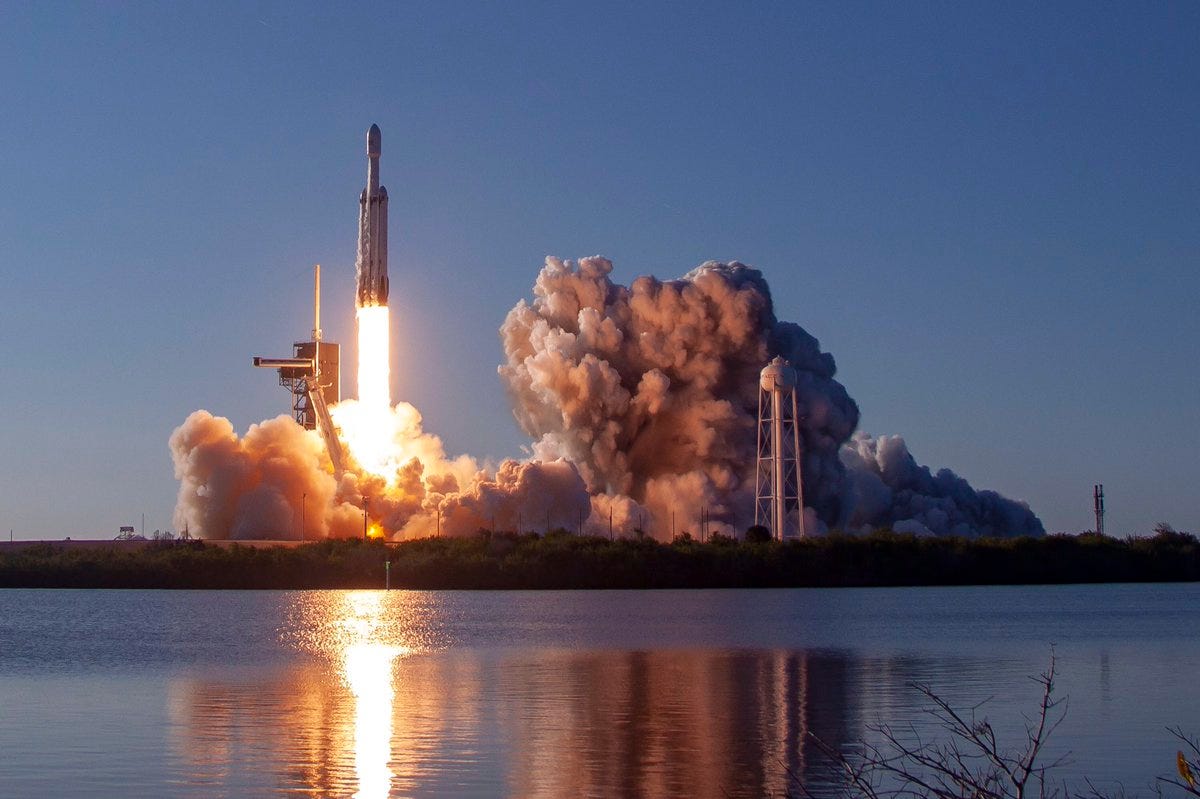The Financial Times has noted that “The development of commercial reusable rockets such as SpaceX’s Falcon 9 is estimated by Nasa to have cut the costs — per kilogramme of payload — of launching into so-called low-Earth orbit by 95 percent.” Now for the price of one kilo, we can launch 20.
A NASA study in 2010 estimated the cost of SpaceX’s Falcon 9 development to be approximately $4 billion, while SpaceX’s own data showed approximately $300 million of investment in the first version of Falcon 9. Simply put, NASA’s cost estimates were off by more than an order of magnitude.
We need more Elons. How this happen if we stop making people?
“The facts are out there for anyone to look at.”
Anyone can look at the facts Elon is referring to in our new book, Superabundance, available at Amazon. Jordan Peterson calls it a “profoundly optimistic book.” There has never been a better time to have a family.
Gale Pooley is a Senior Fellow at the Discovery Institute and a board member at Human Progress.






Indeed, the original Falcon 9 cost about $300 Million to develop, compared to a NASA estimate of $4 Billion. But the reusable version we have today cost at least another $1Billion to develop, per SpaceX.
The cost to orbit is falling fast but right now SpaceX has little competition; no one else reusing rockets yet. Once other players join the market and Starship gets online, cost to orbit will drop substantially faster: https://www.lianeon.org/p/the-quiet-revolution-in-space-tech